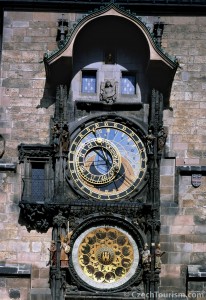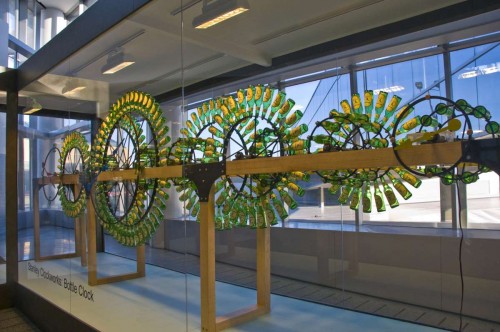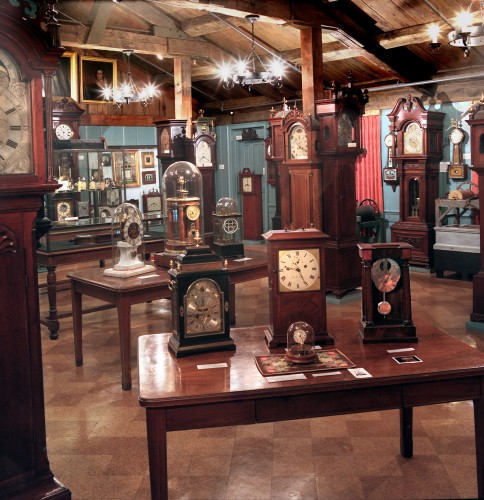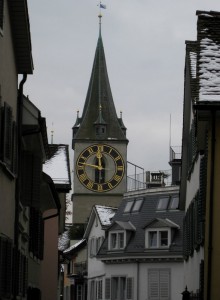Before you go to bed Saturday night, be sure to set your clocks ahead one hour so you can ‘spring forward’ into daylight saving time with everyone else. And, as you reset the time on the microwave, the TV and your bedside alarm, imagine yourself watching time fly in one of the clock-worthy cities I featured for msnbc.com in How time flies! Where to see the world’s clocks.
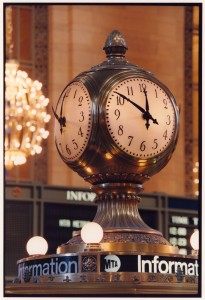
For decades, the clock over the information booth at New York City’s Grand Central Terminal has served as both easy-to-spot timepiece and iconic meeting point. Like all clocks at Grand Central, the 1913 four-sided, ball clock is set by the atomic clock in the Naval Observatory in Bethesda, Md., and is accurate to within 1 second every 20 billion years. But the information booth clock is not just accurate; it’s extremely valuable. “The ball clock has been valued at between $10 and $20 million dollars,” said Metro-North Railroad spokesperson Dan Brucker, “That’s because every face of that four-faced clock is made out of a precious jewel: opal.”
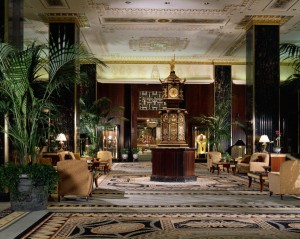
The intricately carved bronze clock at the Waldorf=Astoria hotel in New York City was originally a gift from Queen Victoria to the United States for the Chicago World’s Fair in 1893.
Standing nine feet tall and weighing in at two tons, the clock has an octagonal base made from marble and mahogany and is decorated with animal sculptures, plaques displaying sporting scenes and portraits of Ben Franklin, George Washington, Abraham Lincoln, Queen Victoria and other historical figures. Chimes play every 15 minutes. And according to hotel tour guide and historian Karen Stockbridge, a copy of the French-made Statue of Liberty was added to the top of the clock by the hotel in 1897. “The English were upset that we put a French statue on an English clock and tried to ask for it back,” said Stockbridge.
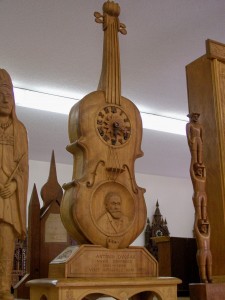
Beginning in 1913 and over the course of 45 years, brothers Joseph and Frank Bily spent their spare time carving intricate clocks, some close to 10 feet tall, with themes ranging from art and religion to history and culture.
43 curious clocks are now on display at the Bily Clocks Museum in Spillville, Iowa, where the collection includes a giant American Pioneer History Clock, an Apostle Clock, a clock honoring Charles Lindbergh’s historic flight and a violin-shaped clock made to honor Czech composer Antonin Dvorak, who spent the summer of 1893 in Spillville. “All the clocks do run and they do play music,” said museum director Georgiann Eckheart, “but we don’t keep them all set to the correct time. Otherwise it would be too noisy here during our tours.”
For more places to watch the clock, see How time flies!
But first, take a few minutes to watch the video below celebrating the 600th anniversary of Prague’s astronomical clock.
